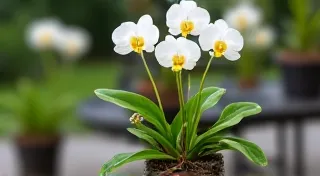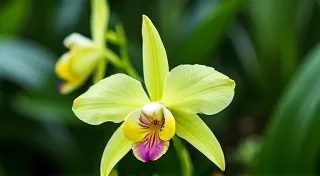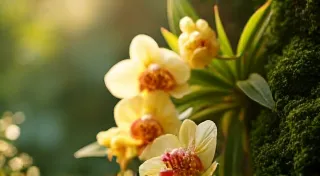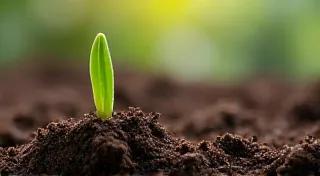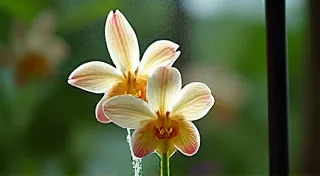Dealing with Pests and Diseases on Vanilla Bean Plants
Growing vanilla beans at home is a rewarding experience, but like any plant, your vanilla orchid can be susceptible to pests and diseases. While generally hardy, vigilance and proactive measures are key to maintaining a thriving vanilla bean plant. This guide explores common issues and offers solutions for home gardeners.
Understanding the Foundations: Soil and Environment
Before diving into pest and disease management, it's crucial to understand that a healthy plant is the best defense against problems. The foundation of a healthy vanilla bean plant lies in the right soil and environment. Like all orchids, vanilla requires a specific growing medium that drains quickly and provides adequate aeration. Understanding the specifics of Vanilla Bean Soil Requirements is a vital first step to ensure the plant is thriving from the start. Improper soil leads to weakened roots and an increased susceptibility to disease.
Common Pests Affecting Vanilla Bean Plants
Several pests can target vanilla bean plants. Here’s a breakdown of the most frequent culprits and how to deal with them:
- Spider Mites: These tiny pests are incredibly difficult to spot with the naked eye. They drain the plant's sap, causing yellowing and stippling on the leaves. Look for fine webbing on the undersides of leaves.
- Aphids: These small, pear-shaped insects cluster on new growth and undersides of leaves, sucking sap and weakening the plant.
- Mealybugs: These pests appear as cottony masses on stems and leaves, also feeding on plant sap.
- Scale Insects: Scale insects appear as small, immobile bumps on stems and leaves. They are notoriously difficult to remove.
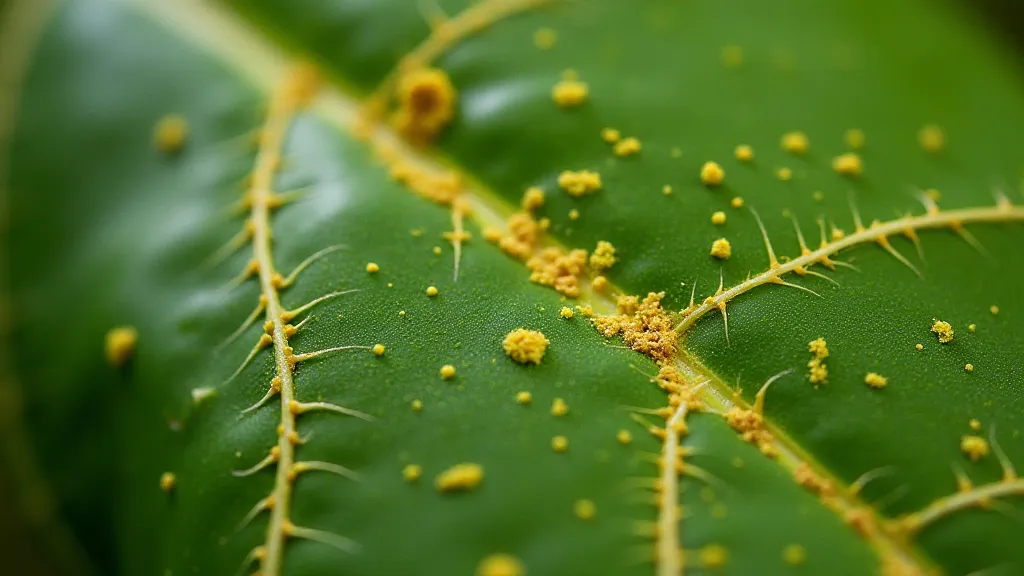
Solution: Increase humidity around the plant. Neem oil is a highly effective treatment. Horticultural oil can also be used. Regular inspection is vital to catch infestations early. Maintaining a humid environment also helps to reduce the potential for other issues as well.
Solution: A strong spray of water can dislodge aphids. Insecticidal soap is an effective and gentle treatment. Introduce beneficial insects like ladybugs. Pruning regularly can also improve airflow, making it harder for aphids to take hold.
Solution: Dab the mealybugs with a cotton swab dipped in rubbing alcohol. Insecticidal soap can also be used. Ensure good air circulation. Regular inspection and pruning of dense growth will significantly reduce the risk of infestations.
Solution: Scrape off visible scales with a fingernail or soft brush. Apply horticultural oil to smother the insects. Systemic insecticides may be necessary for severe infestations, but consider the impact on the vanilla bean quality. A well-maintained pruning schedule is also crucial, removing older leaves and stems where scale insects are likely to hide.
Common Diseases of Vanilla Bean Plants
While less common than pests, diseases can affect vanilla bean plants, especially in humid conditions. A healthy plant, supported by the right soil and growing medium, is much better able to withstand diseases.
- Black Rot: This fungal disease causes dark, sunken lesions on leaves and vines. It spreads quickly in humid environments.
- Root Rot: Caused by overwatering and poor drainage, root rot weakens the plant and can be fatal.
- Leaf Spot Diseases: Several fungal and bacterial diseases can cause leaf spots, characterized by circular brown or black spots on the leaves.
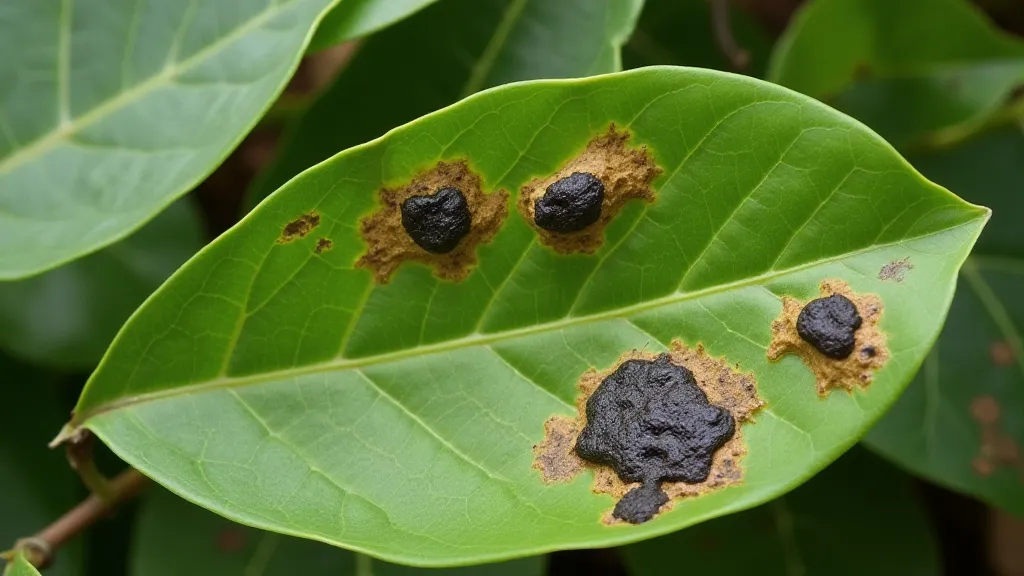
Solution: Remove and destroy infected leaves and vines immediately. Improve air circulation. Fungicides containing copper can be used as a preventative measure, but be cautious about contamination of the beans. Avoid overhead watering. Consistent pruning helps to improve air circulation, preventing the spread of fungal diseases.
Solution: Ensure the pot has adequate drainage holes. Use a well-draining potting mix. Allow the soil to dry out between waterings. If root rot is advanced, repotting with fresh soil and trimming away affected roots may be necessary. The specific Vanilla Bean Soil Requirements are essential to prevent this common issue.
Solution: Improve air circulation. Remove and destroy infected leaves. Apply a fungicide as a preventative measure, especially during humid periods. Ensure proper watering practices (avoid wetting the foliage). Regular pruning to remove older, potentially infected leaves is a key preventative measure.
Boosting Vanilla Bean Production Through Pruning
The health and productivity of your vanilla bean plant is also directly related to how you manage it. While pests and diseases are a concern, so is encouraging robust growth and abundant flowering. Proper pruning isn’t just about aesthetics; it’s an integral part of plant health. Learning about Pruning Vanilla Bean Vines is a crucial step in ensuring your plant thrives and produces a bountiful harvest.
The Vital Role of Pollination
Even with a perfectly healthy plant, free from pests and diseases, and expertly pruned, the journey to vanilla beans isn't complete without pollination. Vanilla is notoriously difficult to pollinate, often requiring hand pollination. Understanding the nuances of Vanilla Bean Pollination is key to successfully producing those coveted beans.
Choosing the Right Variety
The susceptibility to pests and diseases, and the ease of cultivation, can vary significantly between different vanilla bean varieties. It’s therefore important to choose a variety that is well-suited to your climate and experience level. Consider factors such as climate, space, and available light. Understanding Understanding Vanilla Bean Varieties will help you make an informed decision that sets you up for success.
Preventative Measures for Healthy Vanilla Bean Plants
Prevention is always better than cure. Here’s how to minimize pest and disease problems:
- Quarantine New Plants: Before introducing new plants to your collection, quarantine them for a few weeks to observe for any signs of pests or diseases. This prevents unknowingly introducing problems to your existing plants.
- Regular Inspection: Inspect your vanilla bean plants regularly for any signs of pests or diseases. Early detection is key to successful treatment. Pay close attention to the undersides of leaves and areas where stems join.
- Proper Watering and Drainage: Water appropriately, allowing the soil to dry out slightly between waterings. Ensure excellent drainage to prevent root rot.
- Good Air Circulation: Provide good air circulation to reduce humidity and prevent fungal diseases. This is especially important in enclosed spaces.
- Cleanliness: Keep the growing area clean and free of debris. This eliminates potential breeding grounds for pests and diseases.
- Fertilizing: Proper nutrition helps the plant resist diseases and pests. Use a balanced fertilizer appropriate for orchids.
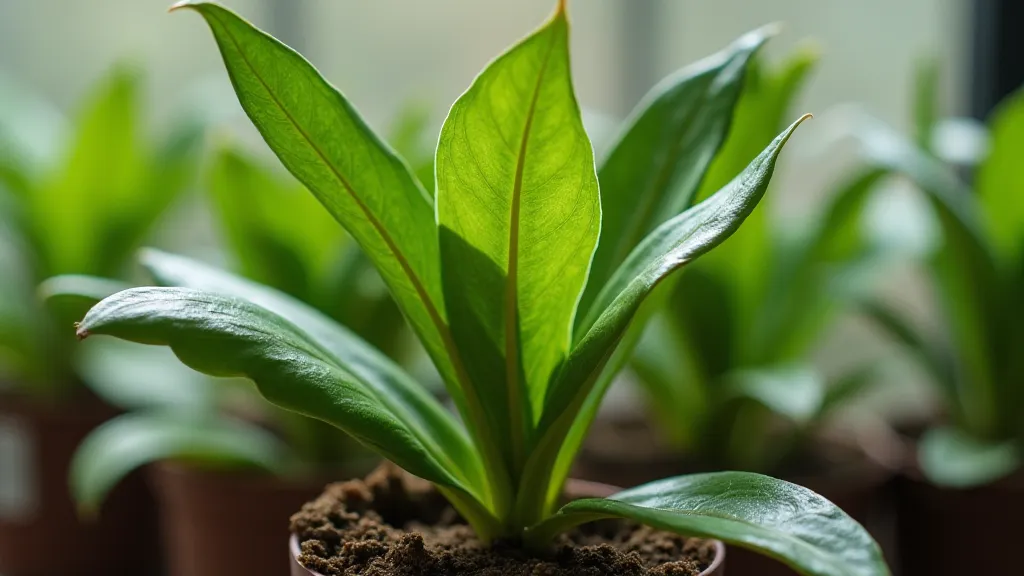
By following these guidelines, you can keep your vanilla bean plants healthy and productive, ensuring a bountiful harvest of fragrant vanilla beans. Remember that consistent attention to detail, proactive measures, and a little bit of patience will reward you with a thriving and productive vanilla bean plant.
